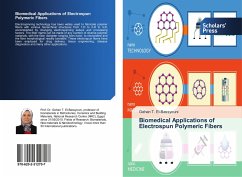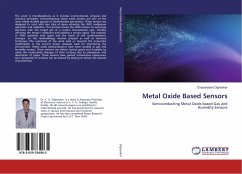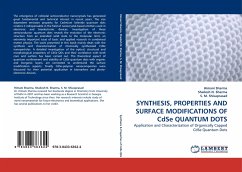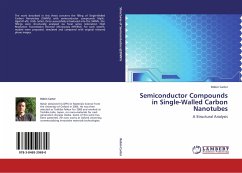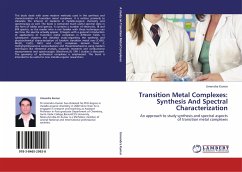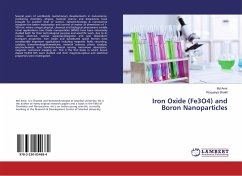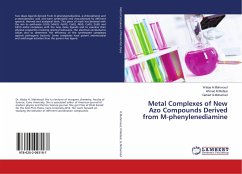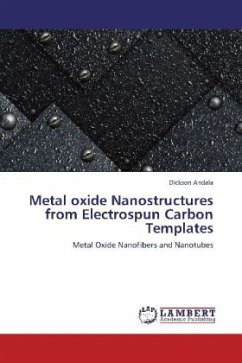
Metal oxide Nanostructures from Electrospun Carbon Templates
Metal Oxide Nanofibers and Nanotubes
Versandkostenfrei!
Versandfertig in 6-10 Tagen
52,99 €
inkl. MwSt.

PAYBACK Punkte
26 °P sammeln!
The work covered herein discusses for the first time various techniques used in the fabrication of metal oxide nanofibers and nanotubes from eletrospun carbon fibers as templates. The nanofibers were prepared by electrospinning metal oxide precursor inside a polymer matrix. The metal oxide tubes were by tubes by fiber templating. This was followed by calcination to yield the nanofibers and nanotubes. Their morphological, structural, optoelectronic and catalytic properties are also discussed. Among key applications they have found utilization as catalyst supports. Palladium nanoparticles have b...
The work covered herein discusses for the first time various techniques used in the fabrication of metal oxide nanofibers and nanotubes from eletrospun carbon fibers as templates. The nanofibers were prepared by electrospinning metal oxide precursor inside a polymer matrix. The metal oxide tubes were by tubes by fiber templating. This was followed by calcination to yield the nanofibers and nanotubes. Their morphological, structural, optoelectronic and catalytic properties are also discussed. Among key applications they have found utilization as catalyst supports. Palladium nanoparticles have been supported on Titanium dioxide nanofibers and applied in Heck-coupling reactions. Similarly, included is the effect of impurities on the metal oxide tubes properties done by doping with metal ions. In addition, photocatalytic behavior of metal oxides nanofibers have also been discussed.




